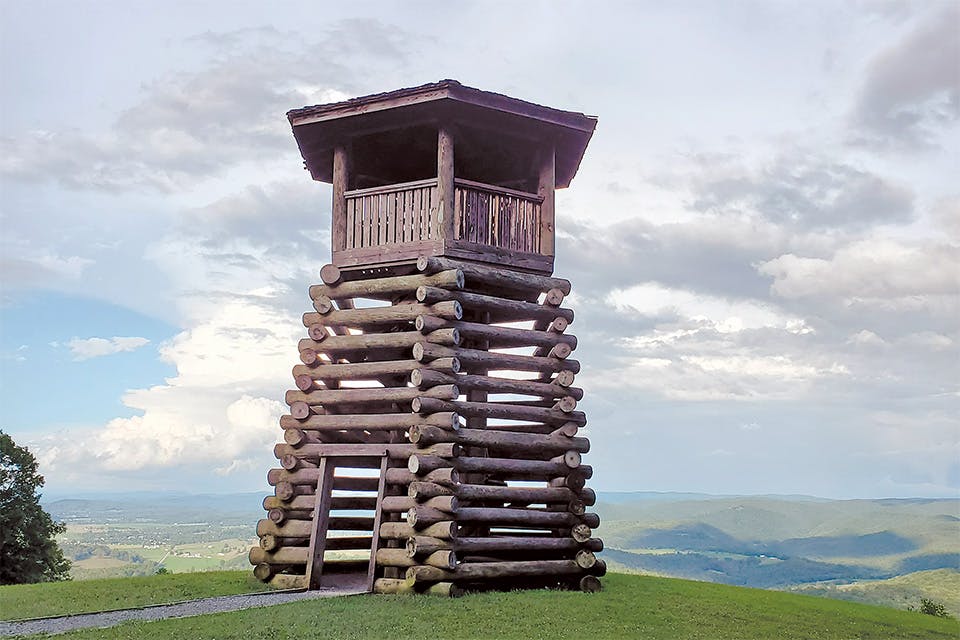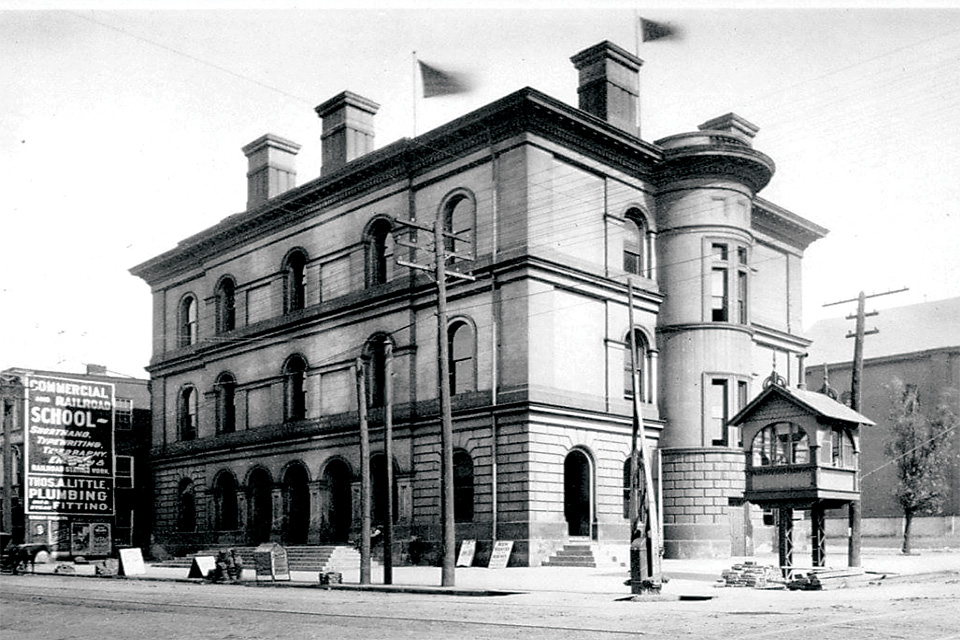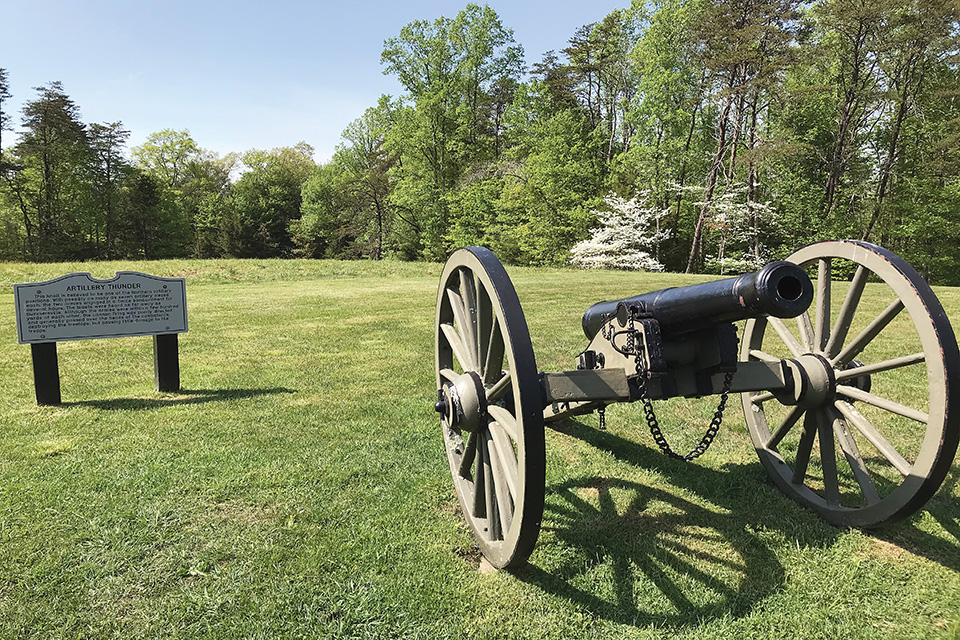Travel
| Long Weekends
West Virginia’s Civil War Trails
Ohio’s neighbor is the only U.S. state born of the Civil War. From preserved battlefields to a nearly 170-year-old covered bridge, these four stops offer both history and natural beauty.
Related Articles

4 Ways to Explore West Virginia this Summer
Spend a day at secluded Summersville Lake, dine at great restaurants, discover historic fire towers and chase waterfalls across the Mountain State. READ MORE >>
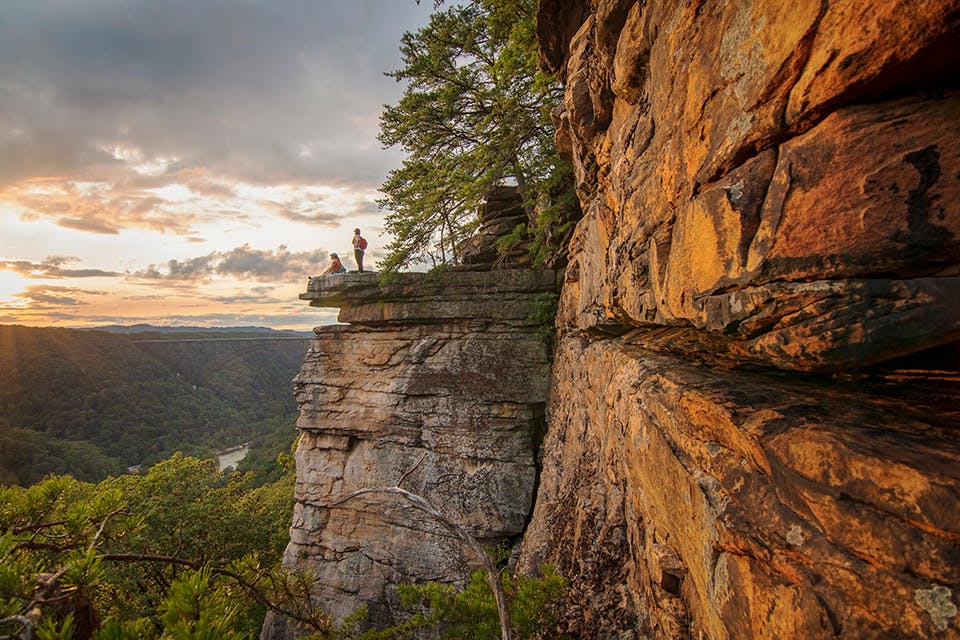
6 West Virginia Mountain Towns to Visit this Summer
These communities serve as great bases for exploring the wealth of outdoor adventures, rich history and artistic heritage found in the Mountain State. READ MORE >>
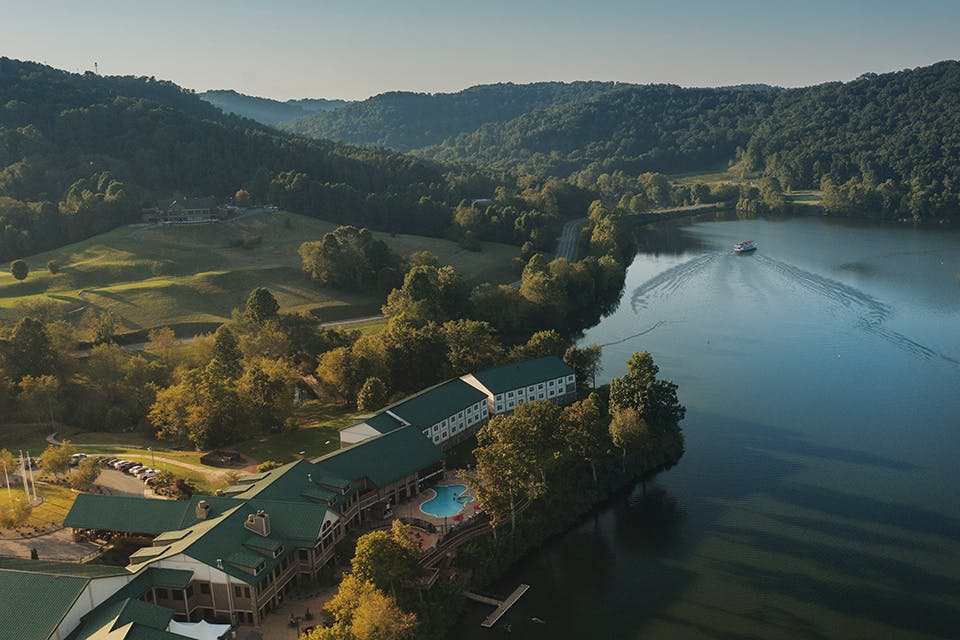
4 West Virginia Resorts to Stay at this Summer
These four Mountain State destinations help travelers embrace the outdoors, whether you want to enjoy a day on the lake, play a round of golf or take on rushing whitewater. READ MORE >>


